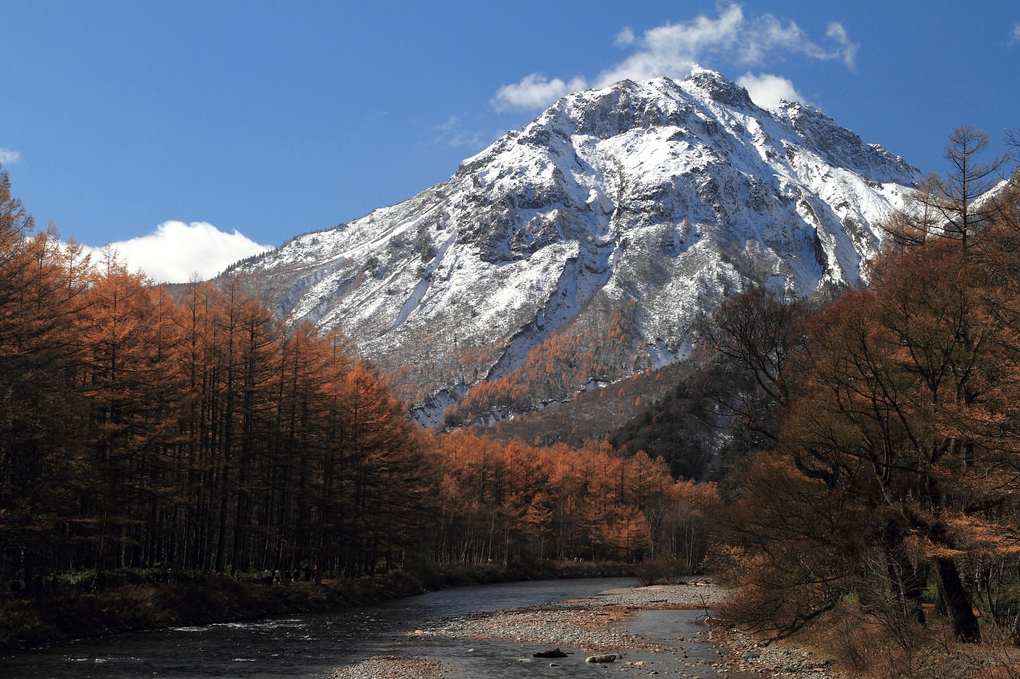Tsumiki, dubbed “Japanese Lego”, is a children’s toy that was designed by Kengo Kuma, a well-known Japanese designer, and the organisation More Trees, which promotes forest conservation. The article is an exposé on Tsumiki, and a comparison between Tsumiki and its Scandinavian counterpart, LEGO. The author compares them in two ways, via the material of the object and the shape of the objects.
Tsumiki has been designed to look and be natural, it is made of cedar wood, takes a triangular form that is suggestive of trees and mountains and the pieces are intended to be laid one on top of another like a pile of branches. This aesthetic affinity with nature aligns Tsumiki structures to forests and natural environments. LEGO on the other hand is cuboidal in shape, connects with precision and is made of a long lasting plastic. LEGO has the same pragmatic values of our modern architectural building blocks and thus reminds us of the urban built-up environment which most of the world lives in.
The author refers to LEGO as being plastic bricks that are “not pretty” and says that Tsumiki is “lovely”, there is a clear bias towards the aesthetic of ‘primal nature’ which is not unusual for design writers who have a high regard for Japanese design.
Tsumiki is an extension of Kuma’s architectural work, where the reflection of nature plays a large role. His intention for Tsumiki was to design the ‘blocks’ to replicate the weaving of twigs in order to create ‘natural’ forms, however this is a diluted activity that has become a codified nature focused activity (Kirby, 2011:69).
Tsumiki is also touted as being environmentally conscious as it is made of sustainably harvested cedar(sugi) from the Miyazaki prefecture. This raises both the monetary value and status of the object giving it a particular appeal to urbanites. Tsumiki can be seen as one of the many commodities of Japan’s natural environment that have been ‘wrapped’ and sold to urbanites. (Moon. 1997) This is further seen in packaging of Tsumiki where the blocks are kept in small house-shaped boxes with high ‘roofs’: a nod to the rural landscape that is seen as a more peaceful habitat where the residents are in touch with nature.
 In truth, is Tsumiki really that different from LEGO? Tsumiki does aesthetically reflect ‘primal nature’, which both the designer and the author are appreciating and admiring.
In truth, is Tsumiki really that different from LEGO? Tsumiki does aesthetically reflect ‘primal nature’, which both the designer and the author are appreciating and admiring.
Both LEGO and Tsumiki are attempts to have control within our environments and as inspirational toys for building new structures. In addition, Tsumiki may inspire a love for the aesthetic of nature, and in this way it may also have an impact in promoting the protection of nature.
The article ends off by describing a window to the future, it suggests that Tsumiki is a toy that, much as LEGO has done, will inspire future architects with the values it inherently embodies. However, as we continue to dilute the essence of nature by commodifying and defining it, this purely superficial interpretation of nature continues to proliferate.
Word Count: 508
Bibliography
Rhodes, Margaret. “Japan’s Minimalist Version of Lego Is Actually Awesome” WIRED. Web. 24 Sept. 2016. http://kkaa.co.jp/works/products/tsumiki/.
Kongo Kuma and Associates. “Tsumiki” Kengo Kuma and Associates. Web. 26 Sept. 2016.
https://www.wired.com/2016/01/japans-minimalist-version-of-lego-is-actually-awesome/.
Kirby, P. W. (2011). Troubled natures: waste, environment, Japan. Honolulu, University of Hawai’i Press: 69-75.
Moon, Okpyo. “Marketing Nature in Rural Japan.” Japanese Images of Nature(1997): 221-35. Print.

